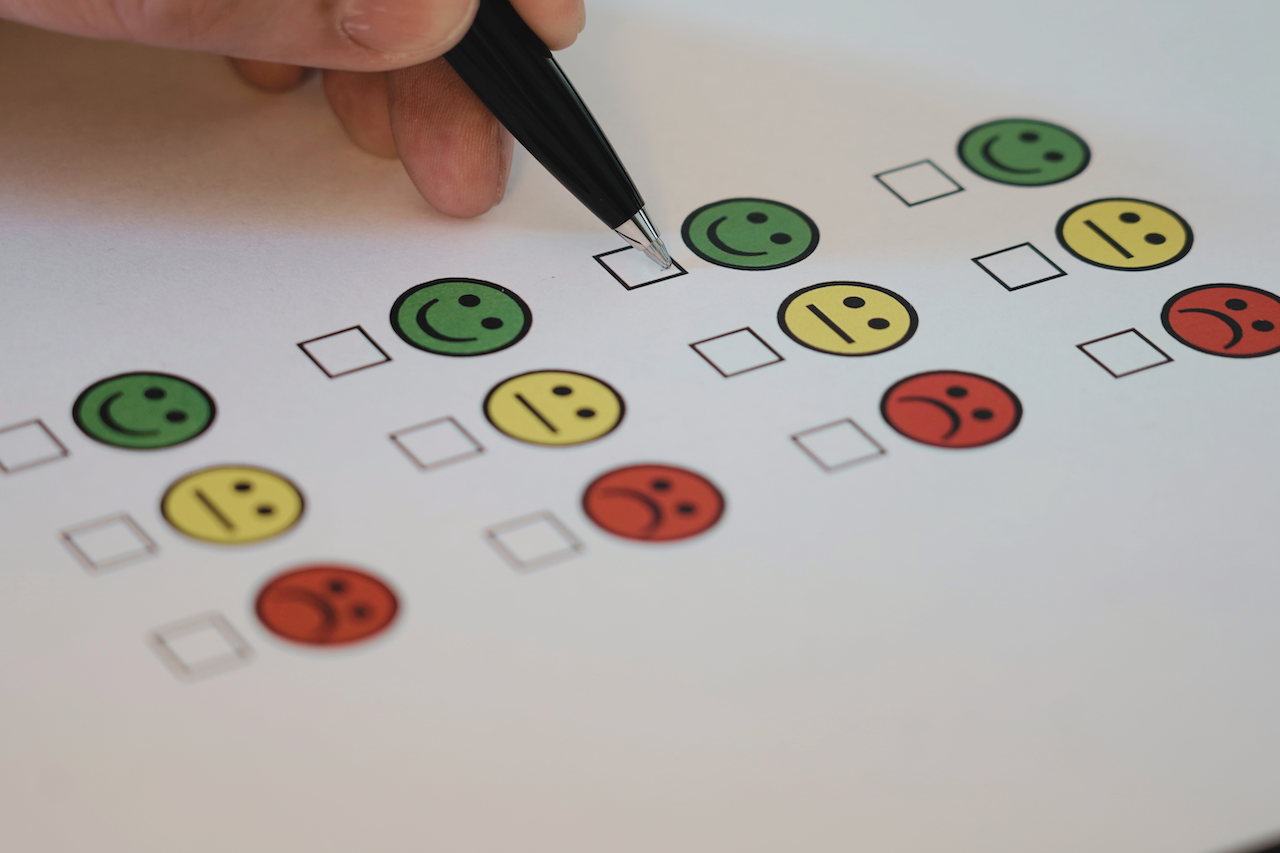
Is Your DEI Work Harming or Helping Your Organization?
Many organizations launch well-intentioned Diversity, Equity, and Inclusion (DEI) initiatives—from book clubs to dedicated Slack channels.
And though everyone is talking about justice and equity, talk is cheap. True equity requires action and a redistribution of resources and power. For example, the same organizations having the right dialogue and curating the right messages are still paying Hispanic women .69 cents to the dollar compared to a White man.
Talking about race and gender equity can feel good, and even signal commitment. However, I worry that it can also serve as a distraction because those same organizations are not taking actionable steps to address fundamental inequities–and are perhaps even further perpetuating these inequities.
While these well-meaning initiatives may ‘signal’ commitment, they rarely correlate to measurable growth, increased harmony, and real change. Often, this can appear performative–leaving marginalized staff feeling further deflated and discouraged.
Many organizations hesitate to push forward with DEI initiatives
At Edgility, we’ve conducted market studies in the country’s most progressive geographies and sectors. Ironically, even some organizations–built on the bedrock of social justice and advocacy–still bear significant wage gaps.
It’s essential to do the emotional work–such as encouraging dialogue and better understanding biases–but at a certain point, the rubber has to hit the road, and there must be tangible outcomes. So why are even the most progressive and forward-thinking organizations missing the mark when it comes to DEI initiatives?
The de facto ways of hiring, compensating employees, and managing teams perpetuate deep racial and gender divides. This can even keep the organizations that most value diversity and inclusion stuck without a clear path forward. Disrupting these deeply entrenched systems and practices will require more than talk.
What makes a successful DEI practice?
Building true equity in an organization must lead to tangible improvements. Successful DEI programs often require unearthing existing practices and a revamping of talent management practices that touch salaries, promotions, organizational structure, and resource allocation. This work can be layered on top of existing initiatives that encourage dialogue (like the Slack channel, book clubs, etc.).
When doing DEI work, any organization needs to ask themselves:
Do we have a wage gap? And what are we doing to close it?
Are we monitoring wage gaps over time to ensure they’re getting better, not worse?
Who is on our leadership team? And what is the demographic make-up of the team?
Does our leadership team reflect the diversity of our organization and the communities we serve?
Who is getting access to professional development in our organization?
Who is getting promoted? Who is being offered stretch opportunities?
How can you redistribute resources, including areas like decision-making power?
Take a look at Deloitte, for example. In addition to their ‘concrete’ goals, such as ‘increase the number of Black and Hispanic/Latinx professionals in our US workforce by 50% by 2025’, they’ve also honed in on ‘soft’ goals such as ‘address inconsistencies in the talent experience so that Black, Hispanic/Latinx, non-binary, and LGBTQIA+ professionals feel they can be their authentic selves in the workplace at a rate consistent with the overall workforce population.’
They’ve flipped traditional DEI initiatives. Instead of “training” marginalized communities to better fit into a broken and racist corporate system, they are asking tough questions and doing deep work to dismantle inequity. It starts with leadership, is sustained by a commitment to the “uncomfortable and unpopular”, and requires disrupting systems from multiple angles.
One easy way for organizations to start building a roadmap is by doing a Talent Equity Assessment which helps organizations identify strengths and areas requiring improvement, deeper exploration, or external support. Most importantly, this approach is grounded in data, and centers in the experience of employees. This can be a powerful way to understand the extent to which an organization is equitable for each team member and provide insight into how they are experiencing leadership within the organization.
In addition to wage gaps, opportunity gaps must be examined. There tends to be an unconscious bias, often assuming White males are “ready for the job” and women and people of color are not. Auditing existing demographics and various paths to promotion can help unblock current opportunity gaps.
Conclusion
DEI work can be challenging on a personal and organizational level, and it also requires a steadfast and deep commitment to justice. Courageously looking under the hood of your organization and doing an inventory of existing practices is when true change will transpire. From there, you can start to chisel away at each of the inequities that exist within your organization.





